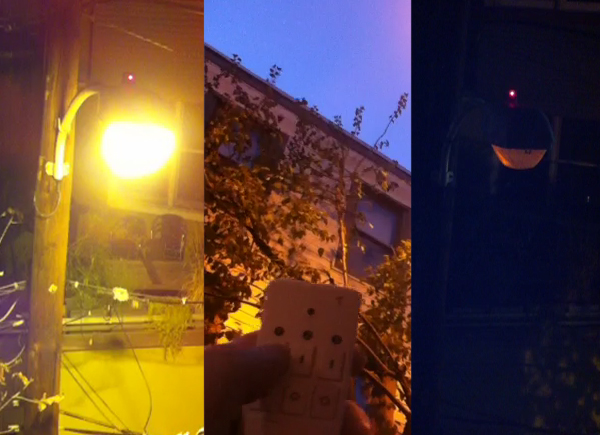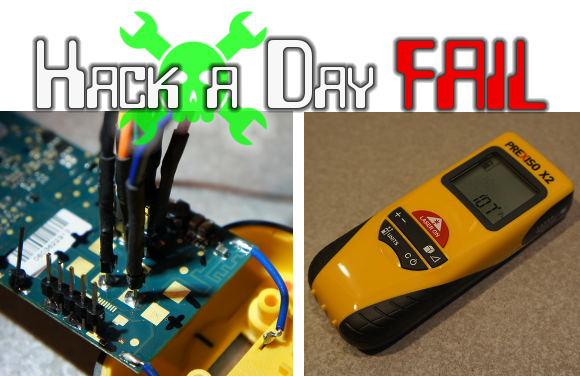
We stumbled onto this impressive laser harp setup after browsing random YouTube videos late at night. Besides making an awesome laser harp, [Eric] can even play it too!
If you’ve never seen one of these before you’re in for a treat! A laser harp is a digital instrument that requires a synthesizer to create music. There are two main varieties, framed and open. The framed type use light sensors at the end of the beams to create the digital signal to be converted to the various tones. The open kind is a lot more complex, but much cooler — it relies on the laser light being reflected back from the player’s hand to create the signal. This allows for varying tones depending on the distance to the sensor.
Stick around after the break to see it in action as [Eric] breaks it down, laser style.
















